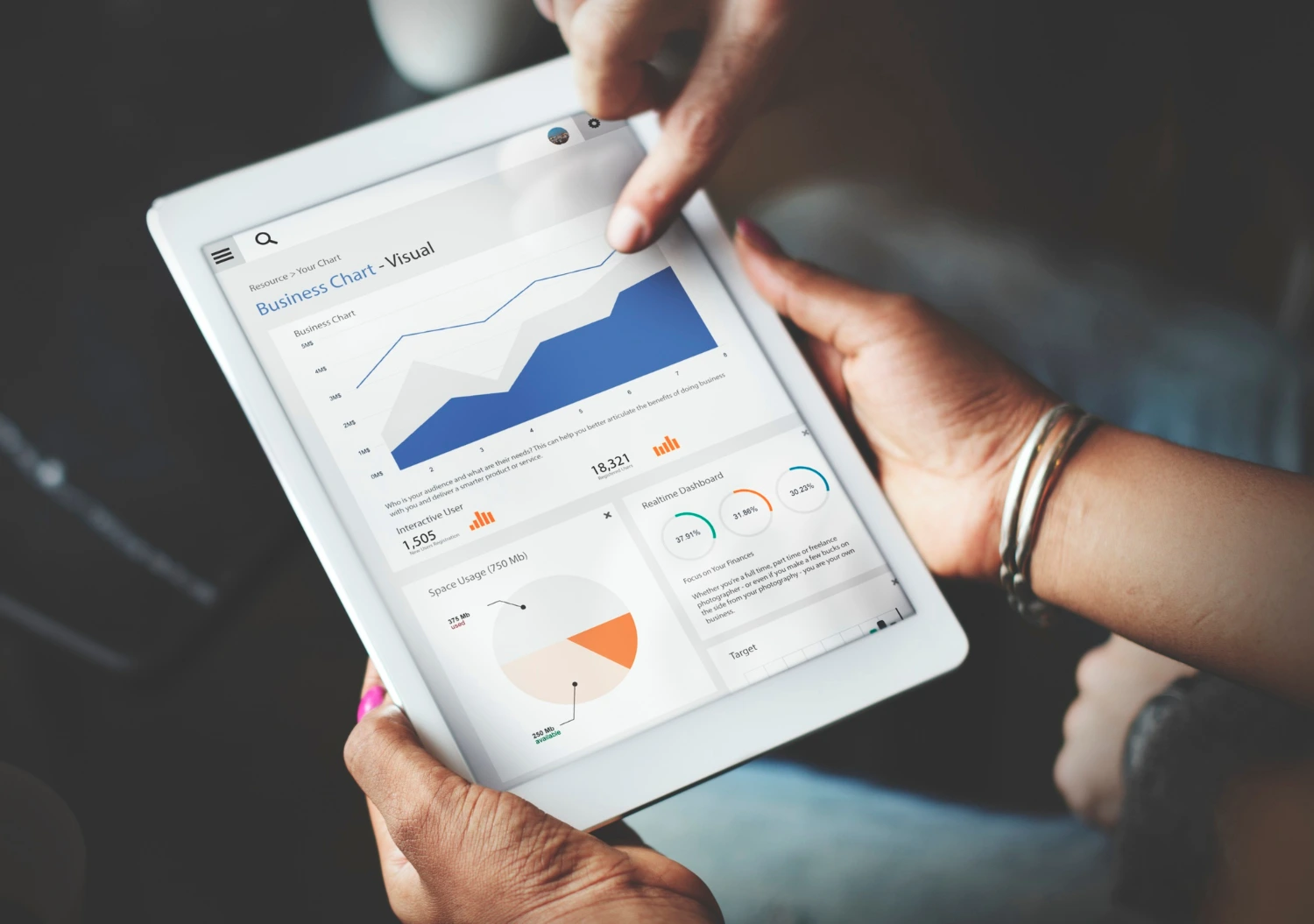As they Seek to The Future
페이지 정보
작성자 Belinda 댓글 0건 조회 91회 작성일 25-04-21 04:58본문
Introduction
 In a period where data-driven decision-making is paramount, organizations are significantly turning to business intelligence tools to harness their Data Visualization Consultant's power. This case research study checks out a comprehensive Power BI control panel advancement task carried out by a mid-sized retail business, Retail Innovations Inc., looking for to boost its analytical capabilities and enhance sales efficiency.
In a period where data-driven decision-making is paramount, organizations are significantly turning to business intelligence tools to harness their Data Visualization Consultant's power. This case research study checks out a comprehensive Power BI control panel advancement task carried out by a mid-sized retail business, Retail Innovations Inc., looking for to boost its analytical capabilities and enhance sales efficiency.
Background
Retail Innovations Inc. had actually been dealing with difficulties in picturing its large array of sales data effectively. The business ran numerous retail outlets and an online store, producing a considerable amount of data daily. However, the existing ad-hoc reporting system was troublesome, resulting in hold-ups in obtaining actionable insights. The management recognized the requirement for an integrated, user-friendly dashboard that could supply real-time data visualization to empower their decision-making processes.
Objectives Data Visualization Consultant
The main objectives of the Power BI control panel development were as follows:
- Real-time Data Access: Enable stakeholders to access and evaluate sales data in real-time.
- User-Friendly Interface: Ensure that the control panel is intuitive and easy to navigate for users with varying technical abilities.
- Enhanced Data Visualization: Utilize visual aspects like charts, charts, and maps to represent data meaningfully.
- Key Performance Indicators (KPIs): Identify and track essential KPIs to determine sales efficiency successfully.
- Scalability: Design a service that might accommodate future data sets and analytical needs.
Implementation Process
Step 1: Requirement Gathering

The Power BI development procedure begun with comprehensive conversations with crucial stakeholders consisting of the sales team, IT department, and upper management. A comprehensive requirements record was crafted, capturing insights into what metrics and visualizations would be most advantageous.
Step 2: Data Preparation
Drawing from several sources, including the business's ERP system, online sales platform, and customer relationship management (CRM) system, the data team performed an extensive data cleaning and transformation stage. Power Query was employed to balance different data formats and get rid of redundancies, guaranteeing high data quality.
Step 3: Dashboard Design
The style stage concentrated on developing an interactive and interesting interface. The development team utilized Power BI's drag-and-drop features to create numerous visualizations. The dashboard was segmented into different tabs covering essential areas such as:
- Sales Overview: Displaying overall sales, sales by area, and contrasts versus previous periods.
- Product Performance: Highlighting top-selling items and classifications, alongside stock levels.
- Customer Insights: Analyzing customer demographics, purchase habits, and commitment metrics.
Step 4: Combination and Testing
Once the control panel was constructed, the combination stage started. The group made sure a smooth connection in between Power BI and the data sources, enabling automated data refreshes. Rigorous screening was performed to identify and remedy any disparities or performance issues.
Step 5: Training and Rollout
 To help with user adoption, extensive training sessions were organized for stakeholders. Training products, consisting of user handbooks and guide videos, were provided to boost understanding and engagement. Following a pilot stage, feedback was collected, prompting small improvements before the final rollout.
To help with user adoption, extensive training sessions were organized for stakeholders. Training products, consisting of user handbooks and guide videos, were provided to boost understanding and engagement. Following a pilot stage, feedback was collected, prompting small improvements before the final rollout.
Outcomes
The Power BI control panel was officially released 3 months post-initiation, and the results were tangible:
- Improved Decision-Making: Stakeholders reported quicker access to essential data points, which substantially improved the speed of decision-making procedures.
- Enhanced Sales Performance: The sales team had the ability to recognize underperforming products promptly and adjust marketing techniques accordingly, leading to a 15% increase in sales within 6 months of the control panel implementation.
- User Adoption: With 90% of the targeted user base actively engaging with the dashboard, the business experienced a cultural shift towards data-driven decision-making.
- Cost Efficiency: Automation of reports reduced manual data processing time, allowing employees to concentrate on strategic efforts rather than administrative tasks.
Conclusion
The Power BI control panel development task at Retail Innovations Inc. acts as a testament to the transformative power of data visualization tools in driving business insights. By investing in an easy to use, scalable, and insightful control panel, the business not only structured its data analysis procedures but likewise promoted a culture of informed decision-making. This case study highlights the value of lining up business intelligence tools with organizational objectives, eventually improving the ability to respond to market characteristics effectively. As businesses continue to browse an increasingly intricate landscape, such initiatives will be vital for continual development and competitiveness.
댓글목록
등록된 댓글이 없습니다.